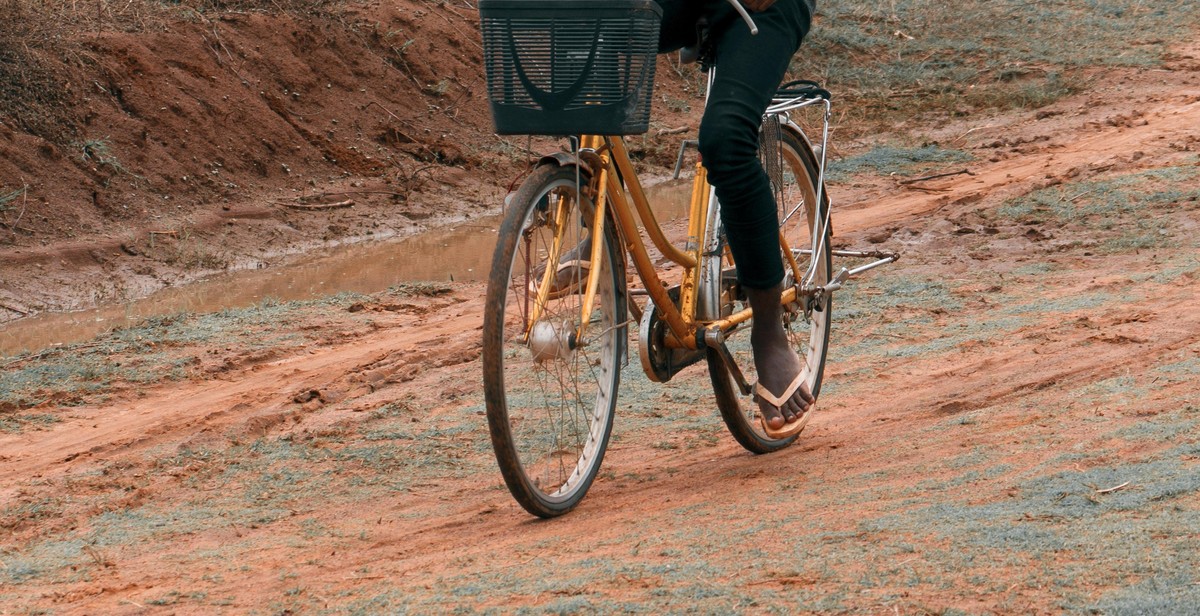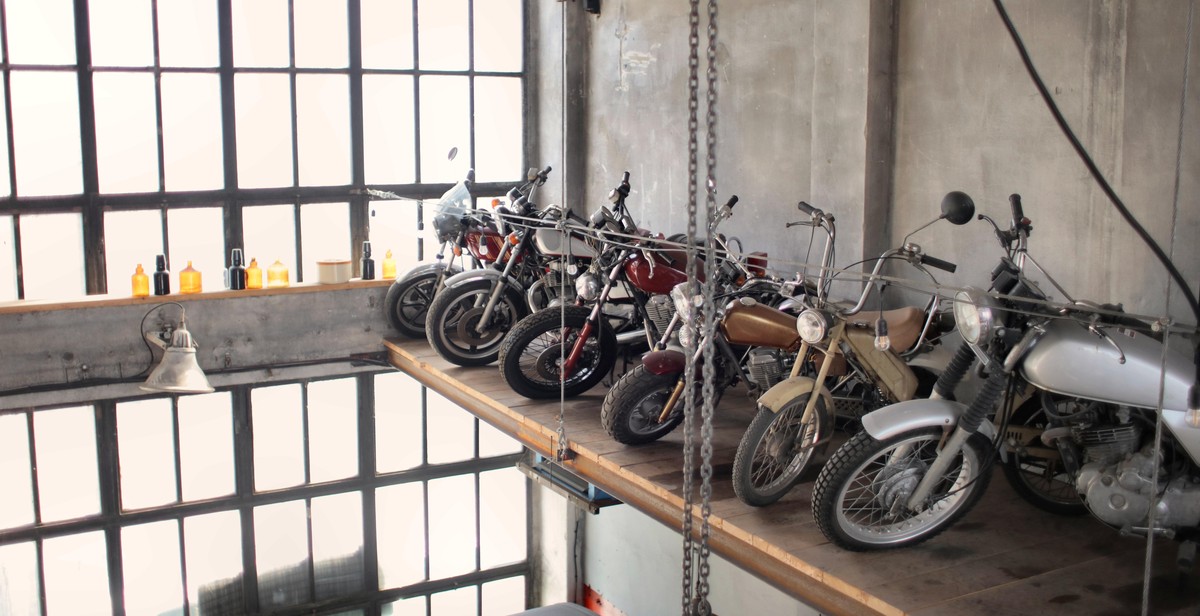How to Start a Bike Commuting Routine: Tips and Essential Gear
Bike commuting can be a great way to improve your health, save money on transportation, and reduce your carbon footprint. However, getting started can be overwhelming. From choosing the right bike gear to planning your route, there are many things to consider. In this article, we’ll provide you with tips and essential gear to help you start a successful bike commuting routine.
Benefits of Bike Commuting
Bike commuting is not only good for your health, but it also has many other benefits. Here are some of the benefits of bike commuting:
- Reduced carbon footprint
- Saves money on transportation
- Improves cardiovascular health
- Reduces stress levels
- Improves mental health
- Gets you outdoors and in touch with nature
Essential Gear for Bike Commuting
Before you start bike commuting, you’ll need to have the right gear. Here are some essential gear items:
| Bike | A reliable bike that is comfortable to ride and suits your commuting needs. |
| Helmet | A properly fitting helmet that meets safety standards. |
| Lights | Front and rear lights for visibility and safety. |
| Lock | A sturdy lock to secure your bike when parked. |
| Panniers or backpack | A way to carry your belongings on your bike. |

Why Start a Bike Commuting Routine?
Bike commuting has become increasingly popular over the years due to its numerous benefits. Here are some reasons why you should consider starting a bike commuting routine:
- Health Benefits: Cycling to work is an excellent way to get your daily dose of exercise. It is a low-impact exercise that can help improve cardiovascular health, build muscle, and boost your overall fitness level.
- Cost Savings: Commuting by bike can help you save money on gas, parking fees, and other transportation costs. It is also a great way to avoid costly gym membership fees.
- Environmental Benefits: Cycling is a clean and green mode of transportation that produces zero emissions. By commuting by bike, you can help reduce your carbon footprint and contribute to a cleaner environment.
- Reduced Stress: Cycling can help reduce stress and improve your mental health. It has been shown to reduce anxiety and depression, improve mood, and increase self-esteem.
- Time Savings: In some cases, cycling to work can actually be faster than driving or taking public transportation. You can avoid traffic congestion and arrive at your destination feeling energized and refreshed.
Overall, bike commuting is an excellent way to improve your health, save money, reduce your carbon footprint, and boost your overall well-being. With the right gear and mindset, anyone can start a bike commuting routine and enjoy all the benefits it has to offer.

Planning Your Route
Before you start your bike commuting routine, it is important to plan your route carefully. Here are some tips to help you plan a safe and efficient route:
Using Bike Lanes and Trails
One of the best ways to stay safe while bike commuting is to use bike lanes and trails. Many cities have designated bike lanes on the road or separate bike paths that are away from traffic. These lanes and trails are typically marked with signs or painted lines on the road, making them easy to spot. When planning your route, look for bike lanes and trails that will take you where you need to go. If your city doesn’t have many bike lanes or trails, consider using quieter residential streets to avoid busy roads.
Avoiding Busy Roads
Busy roads can be dangerous for cyclists, so it’s important to avoid them whenever possible. When planning your route, look for quieter streets that have less traffic. If you must cross a busy road, look for a crosswalk or pedestrian bridge to help you cross safely. You can also use Google Maps or other online mapping tools to find bike-friendly routes that avoid busy roads.
Testing the Route
Before you start your bike commuting routine, it’s a good idea to test your route to make sure it’s safe and efficient. Take a practice ride on a weekend or during a less busy time of day to see how long it takes you to get to your destination. Look for any potential hazards, such as potholes, steep hills, or busy intersections. If you encounter any problems, consider adjusting your route to avoid them.
Consider Alternate Routes
Even if you have a good route planned out, it’s always a good idea to have a backup plan in case of unexpected road closures or other issues. Consider alternate routes that you can take if your primary route is unavailable. This will help you avoid getting stuck in traffic or having to navigate unfamiliar roads on the fly.
| Tip | Description |
|---|---|
| Use bike lanes and trails | Stay safe by using designated bike lanes and trails. |
| Avoid busy roads | Find quieter streets to avoid traffic hazards. |
| Test the route | Take a practice ride to check for potential hazards. |
| Consider alternate routes | Have a backup plan in case of unexpected road closures or other issues. |
By following these tips, you can plan a safe and efficient bike commuting route that will help you get to your destination on time and in style.

Essential Gear for Bike Commuting
Bike commuting requires some essential gear to ensure that you have a safe and comfortable ride. Here are some of the must-have items:
Bike
The most important gear for bike commuting is, of course, the bike itself. You’ll want a bike that’s reliable, comfortable, and well-suited to your commute. Consider factors like distance, terrain, and weather when choosing a bike for commuting.
Helmet
A good helmet is essential for bike commuting. Look for a helmet that fits well and meets safety standards. Make sure you wear your helmet every time you ride, no matter how short the trip.
Lights
Lights are important for visibility and safety, especially if you’ll be riding in low light conditions. You’ll need a front light and a rear light, and you may also want lights that attach to your helmet or clothing for added visibility.
Lock
A sturdy lock is essential for keeping your bike safe while you’re at work or running errands. Look for a lock that’s strong and durable, and make sure you know how to use it properly.
Storage
You’ll need a way to carry your work clothes, lunch, and other essentials while you ride. Consider options like panniers, backpacks, or handlebar bags. Make sure you have enough storage space to carry everything you need.
Clothing
Your clothing can make a big difference in your comfort and safety while bike commuting. Look for clothing that’s breathable, moisture-wicking, and reflective. Consider investing in a good rain jacket and pants if you’ll be riding in wet weather.

Tips for Bike Commuting
Bike commuting can be a great way to save money, stay active, and reduce your carbon footprint. However, it can also be intimidating for beginners. Here are some tips to help you get started:
Start Slowly
Don’t try to bike to work every day right away. Start by biking one or two days a week and gradually increase the frequency as you feel more comfortable. This will help you avoid burnout and allow your body to adjust to the new routine.
Be Prepared
Make sure you have all the necessary gear and equipment before you start bike commuting. This includes a good quality bike, a helmet, lights, and reflective clothing. You should also carry a repair kit, water, and snacks in case of emergencies.
Stay Alert
When you’re biking on the road, it’s important to stay alert and aware of your surroundings. Always keep an eye out for cars, pedestrians, and other hazards. Use hand signals to indicate your turns and stay in designated bike lanes whenever possible.
Know Your Limits
Don’t push yourself too hard when you’re first starting out. Know your limits and listen to your body. If you start feeling fatigued or dizzy, take a break and rest. It’s better to arrive at work a little late than to risk injuring yourself.
Stay Safe
Finally, make sure you’re taking all the necessary precautions to stay safe while bike commuting. This includes wearing reflective clothing, using lights and reflectors on your bike, and obeying traffic laws. You should also consider taking a bike safety course to learn more about safe riding practices.
| Tips for Bike Commuting |
|---|
| Start Slowly |
| Be Prepared |
| Stay Alert |
| Know Your Limits |
| Stay Safe |

Conclusion
Bike commuting is a great way to stay active, save money, and reduce your carbon footprint. Whether you’re a seasoned cyclist or just starting out, there are plenty of tips and essential gear to help you get started.
Tips for a Successful Bike Commuting Routine
- Plan your route ahead of time and test it out before your first ride
- Invest in a good quality bike lock and learn how to properly secure your bike
- Wear appropriate clothing and gear for the weather conditions
- Stay visible with reflective clothing and lights, especially at night
- Be aware of traffic rules and always follow them
- Stay hydrated and bring snacks for longer rides
Essential Gear for Bike Commuting
Some essential gear for bike commuting includes:
| Item | Description |
|---|---|
| Bike | A reliable bike that fits your needs and budget |
| Bike lock | A high-quality lock to keep your bike secure |
| Panniers or backpack | A way to carry your work essentials and other items |
| Lights | To stay visible and safe, especially at night |
| Bike helmet | To protect your head in case of an accident |
By following these tips and investing in essential gear, you can start and maintain a successful bike commuting routine. Remember to always prioritize safety and enjoy the ride!
